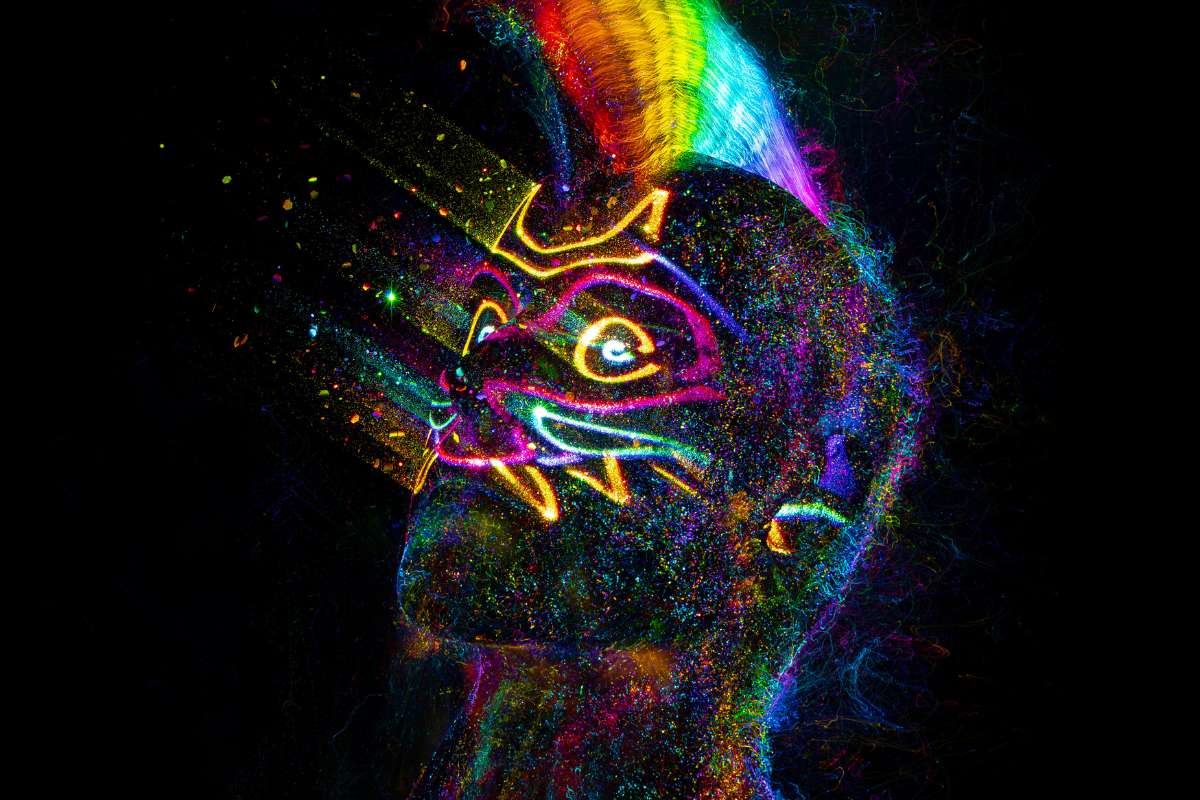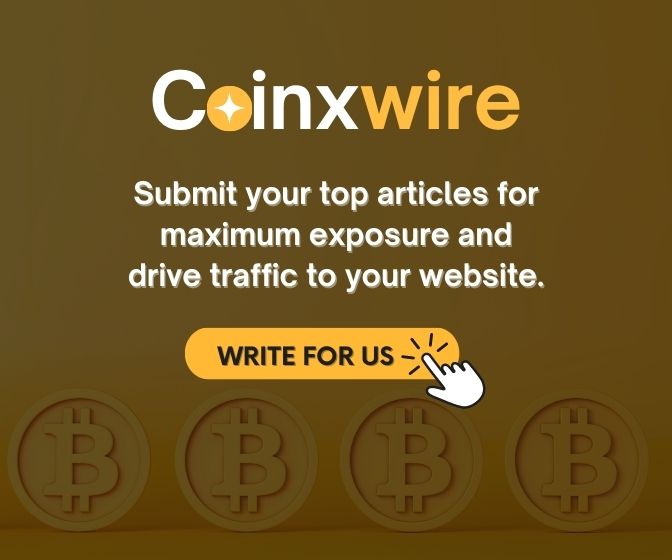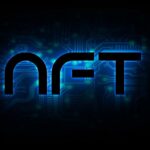Over the past several years, non-fungible tokens (NFTs) have grown to be one of the most widely used forms of cryptocurrency, with billions of dollars worth of trade volume and a flurry of celebrity endorsements propelling digital art toward the forefront of conventional media sources. You may mint and upload your art on a blockchain by using non-fungible tokens that can be issued directly on NFT platforms. The procedures for producing your first NFT are covered in depth in this tutorial, including how to submit your artwork, pick the best blockchain, and specify the location for its sale.
“NFTs are digital real estate and it is going to be worth a lot more than real estate.”
Anuj Jasawal
What is NFT?

The non-fungible token is referred to as NFT. Something is unique and non-fungible if it is non-fungible. Physical money and cryptocurrencies, in contrast, may be sold or swapped for one another since they are fungible. A digital signature on each non-fungible token makes it distinct from the others. Photographs, films, audio files, and other digital formats are examples of NFTs, which are digital assets. Illustrations, graphic novels, sports memorabilia, trading cards, games, and other items are examples of NFT.
Digital artwork like images, animated films, or music is frequently used to depict NFTs. On NFT markets, they may be purchased and sold, usually for a cryptocurrency. On a cryptocurrency exchange or marketplace for NFTs that enables NFT minting, you can create an NFT.
What Distinctions Exist Between NFTs and Cryptocurrencies?
NFT is an acronym for non-fungible tokens. The similarities between it and cryptocurrencies such as Bitcoin or Ethereum end there, even though it is typically developed using the same type of programming. Because they may be exchanged for one another or turned into one another, both fiat money and cryptocurrencies are “fungible.”
“One dollar is always worth another, and one bitcoin is always worth one bitcoin.”
The fungibility of cryptocurrencies gives them a reliable method for carrying out blockchain transactions. NFTs are distinct. Due to the digital signatures on each, NFTs cannot be traded for or held to be equivalent to one another.
The steps for creating an NFT are listed below:
Select an idea
Establish an idea for your painting before doing anything else. Select an NFT art style that works with your concept and current research trends. Options include vector graphics, cartoons, 3D creatures, realistic artwork, and freestyle pieces. Remember that the cryptocurrency wallet or NFT marketplace you choose to utilize will depend on the creation you make. To generate a 3D model, for instance, you’ll need to utilize a marketplace that accepts 3D files.
Consider how you can benefit your audience while creating your first NFT. If you currently own a business, you might want to consider developing a loyalty program or special discount code. Additionally, you could always pay an artist to make unique artwork for you.
Select your blockchain

Next, decide which blockchain technology will be used to design and create your non-fungible tokens. This is a crucial phase since it affects how viewers engage with your artwork.
Blockchains, the technology behind cryptocurrencies, are a variety of networks and are impervious to corruption. It makes the technology a clear and safe way to share your systems on each network and validate all the data stored in the blockchain network.
Ethereum
Ethereum, the most well-known non-fungible tokens blockchain, is home to hundreds of NFT collections. The ERC-721 used to generate Ethereum NFTs keeps the NFT’s information on the Blockchain network.
This blockchain now uses the proof-of-stake consensus process to function, making it considerably more environmentally friendly than ever. Most NFT markets permit the development of Ethereum NFTs; however, doing so can result in high gas costs owing toward the Ethereum blockchain.
Flow
Another PoS blockchain, Flow, is home to the well-known NBA Top Shot NFT collection and is made for non-fungible tokens and decentralized gaming apps. The Flow blockchain has seen many different sports teams launch markets, making it an attractive location for developing sports-related NFTs.
Solana
Solana is the blockchain’s closest rival to Ethereum. With transaction costs of less than $0.01 and an expanding range of NFT-compatible apps, Solana was created as a quicker, more affordable alternative to Ethereum. Furthermore, Solana uses proof-of-history (PoH) and the proof-of-stake (PoS) consensus techniques and advertises substantially quicker transaction rates than Ethereum.
Create your digital wallet
You should build a digital wallet if you don’t already have one, as you’ll need some bitcoin to finance your initial investment. You will have exposure to your digital assets through the wallet. The leading NFT wallets include Metamask, Math Wallet, AlphaWallet, Trust Wallet, and Coinbase Wallet. You should purchase some bitcoin after setting up your digital wallet. Most NFT systems accept Ether, the coin the Ethereum network uses. If you already have cryptocurrency in your possession from another source, you should link that to your digital wallet so that you can use it to make and trade non-fungible tokens.
- Math Wallet: More than 70 different blockchains are supported by this wallet. Additionally, it offers users a utility token that they may use to access other markets where they can sell their NFTs.
- Coinbase Wallet: Use cryptocurrencies like Ethereum (ETH) coins to purchase and sell NFTs with the help of the Coinbase Wallet. Making use of a mobile app is simple.
- Trust Wallet: This wallet, a component of the Binance Smart Chain, employs Ethereum/Ether cryptocurrency to store and trade NFTs, gaming assets, and other digital assets.
- The Kukai Wallet: a Tezos-based digital wallet, enables users to securely import pre-existing wallets via Twitter, Reddit, and Google.
- Coinomi: This platform is a multi-chain wallet that supports over 125 blockchains and thousands of smart chain tokens. It is made for both desktop and mobile devices.
Buy cryptocurrency on a marketplace.
It’s time to purchase crypto so you can pay the gas to mint the NFTs after you’ve constructed a wallet. Making an account with a trustworthy exchange, like Binance, Kraken, or Crypto.com, is the ideal method to achieve this. The procedure is really easy to conduct on a smartphone. You may log in and purchase the cryptocurrency now that you have a user account. To mint NFTs, you must first purchase Ethereum (ETH) or Solana (SOL) tokens, according to which blockchain you wish to mint on.
Choose a non-fungible tokens marketplace
With a digital wallet and enough cryptocurrency, you can start generating (and, ideally, selling) your NFT. You must select an NFT marketplace for that. One may find some of the best NFT markets on OpenSea, Axie Marketplace, NBA Top Shot Marketplace, Raible, Foundation, Nifty Gateway, Mintable, and ThetaDrop.
- OpenSea: This Non-FungibleTokens market is one of the biggest and supports different digital assets.
- Raible: Working with well-known organizations like Taco Bell and Adobe has helped this sector establish a solid reputation. Regarding size and extent, there are several parallels to OpenSea.
- Mintable: For individuals unfamiliar with NFTs, the simplicity of this platform is beneficial. Additionally, it facilitates the easier minting of NFTs, increasing the accessibility of these digital assets.
- Foundation: The simplicity and use of this platform are other well-known attributes. With more than $100 million in NFTs sold in the previous year, it’s also an expanding market.
Advertise your NFT

Now is the moment to start advertising your non-fungible tokens before you mint them. An NFT is useless if no one is aware of it. There are several methods to spread the word and pique interest in your NFTs.
- Publish a website: This is a fantastic way to showcase your NFTs and tell potential customers more about what you offer.
- Activate social media: Sharing information about your NFTs on websites like Twitter, Instagram, and YouTube is terrific. Make sure to start marketing your NFT before it is created to generate interest, and continue marketing it after it has been listed on an NFT marketplace to establish your NFT.
- Create a blog. A blog is another fantastic tool for connecting with potential customers and disseminating information about your NFTs.
- Join forces with others: You may expand your reach by working with a social media influencer or brand.
- Become active in internet communities: There are many online groups focusing on NFTs and digital assets. These are fantastic locations to network with colleagues in the field and discover more about what’s happening in the NFT business.
- Publish a news release: Send a press release to the newspapers, magazines, art journals, and other outlets most likely to reach your target market.
- Create an auction: An excellent technique to increase interest in your NFTs is through auctions.
Upload a custom art token
You need to mint your token after choosing a platform. An extraordinary digital asset that may be bought, sold, or exchanged on the marketplace will be produced through this method. Using an NFT market like OpenSea to mint your art token makes the process straightforward. Simply open an account and link it to the wallet to get started. After that, you may mint your tokens and upload your artwork.
Organize the sales process
Deciding how to commercialize your NonFundT is the last step in the minting process. Instead, it’s up to you to decide when to call it a day. If you plan to host an auction, you must choose the minimum bid price, the royalty rate to keep profiting from your NFT if it is resold on the resale market, and the length of the auction (if timed). Keep fees in mind to avoid losing money for your NFT sale while determining the minimum price.
Consider the expenses incurred in producing the work when you list your non-fungible tokens. It can cost roughly $250 to develop and list the NFT between commission and listing fees, petrol fees, and other expenses. Your pricing should account for these transactional costs. You may normally decide whether to publish your NFT work for a set price or to have an auction where potential purchasers can place bids, like on a website like eBay.
Consider your objectives, the genuine worth of your artwork, contemporary NFT art trends, and more. Your price approach will differ depending on whether you want to produce a high-value NFT or just sell your work of art quickly.
Conclusion
NFT is a new thing making billionaires in the virtual world. You can keep your NFT or sell your tokens now that you are the proud inventor of one. Fortunately, using OpenSea makes that procedure quite simple as well. All users can see your inventions, make offers, and purchase them after your NFT has been placed on the OpenSea marketplace.
We at Coinxwire offers number one business blockchain and crypto news network on the planet.
Frequently Asked Questions(FAQs)
- How do NFTs conduct business?
Ans: NFTs, ask for the use of a method known as cryptography to create digital tokens. This method of producing tokens is known as minting in the crypto sphere. You must pay to create smart contracts with cryptocurrency to mint NFTs.
- Who can develop an NFT?
Ans: A person can create an NFT if they have any spare cash. “If you are an artist and still don’t use NFT (Non-Fungible Token), you are potentially missing millions of dollars.” – Olawale Daniel, Founder of TechAtLast.
Today’s NFT platforms include tools that enable you to generate various types of NFTs and include unlocked material in your files. You may produce your NFT using the simple minting tools offered on NFT markets.
- What is the price of producing an NFT?
Ans: Gas and site fees frequently affect how much it costs to mint an NFT. For example, to secure a token on the Ethereum network, you need to budget about $70.00. However, some websites let you list NFTs for free, and most charge approximately $300 per site.













